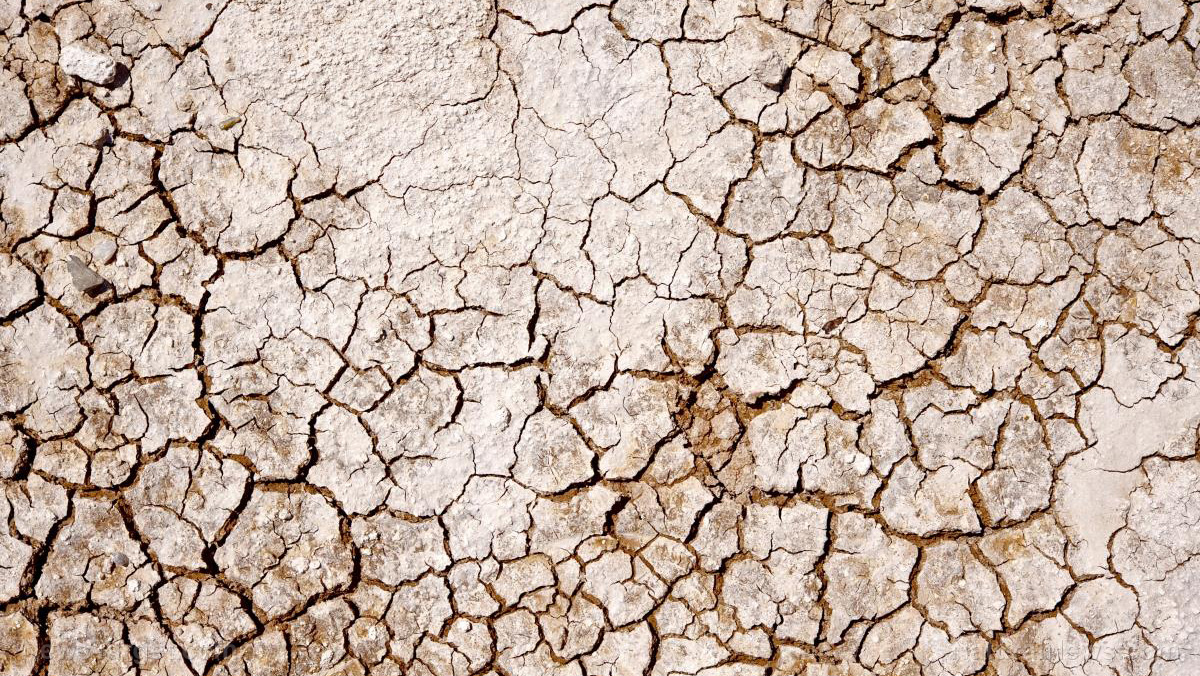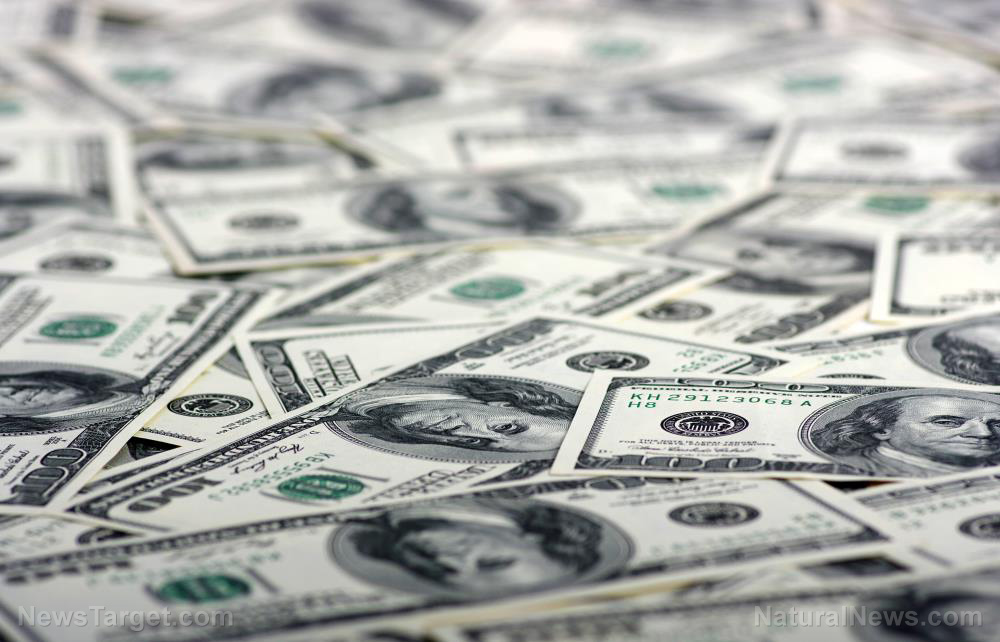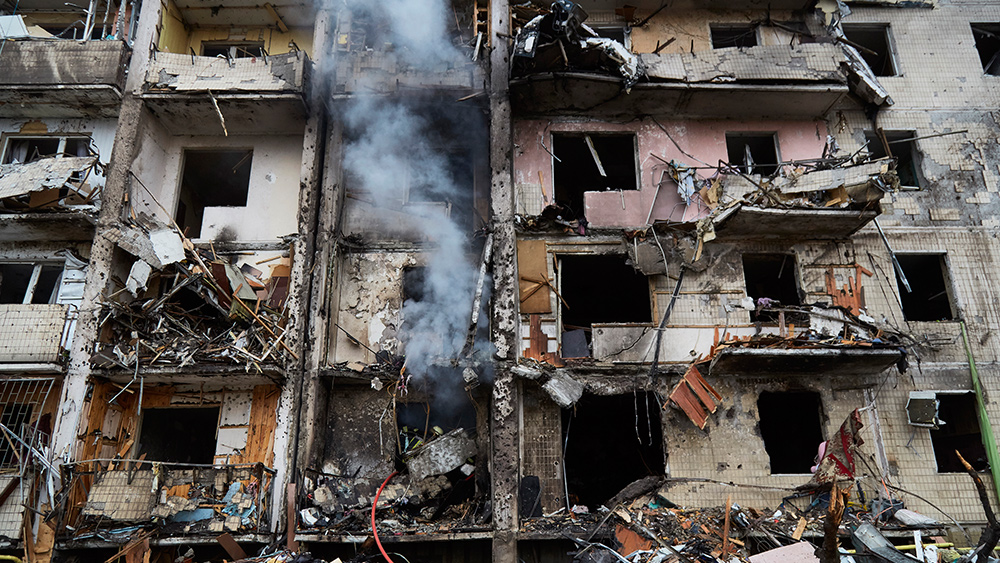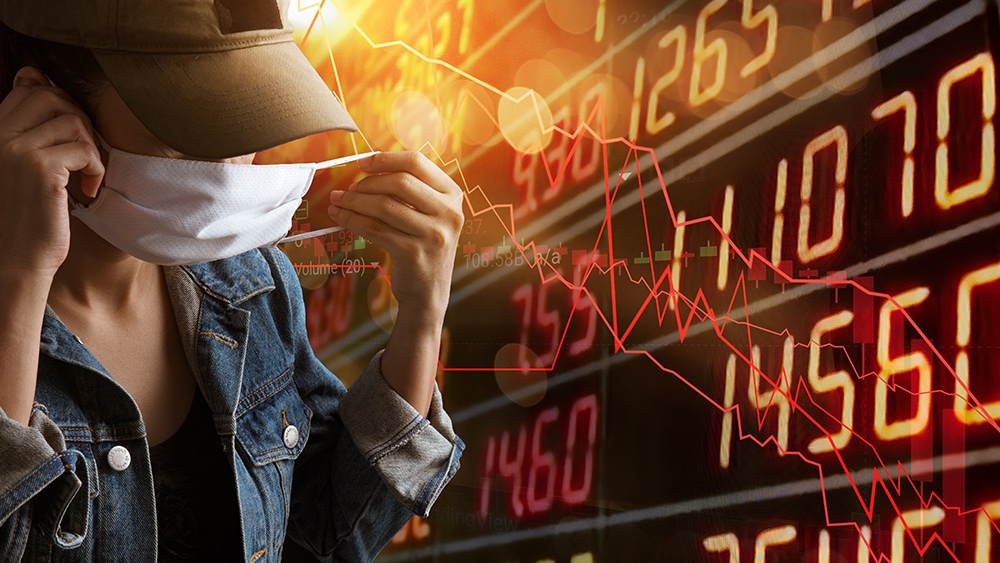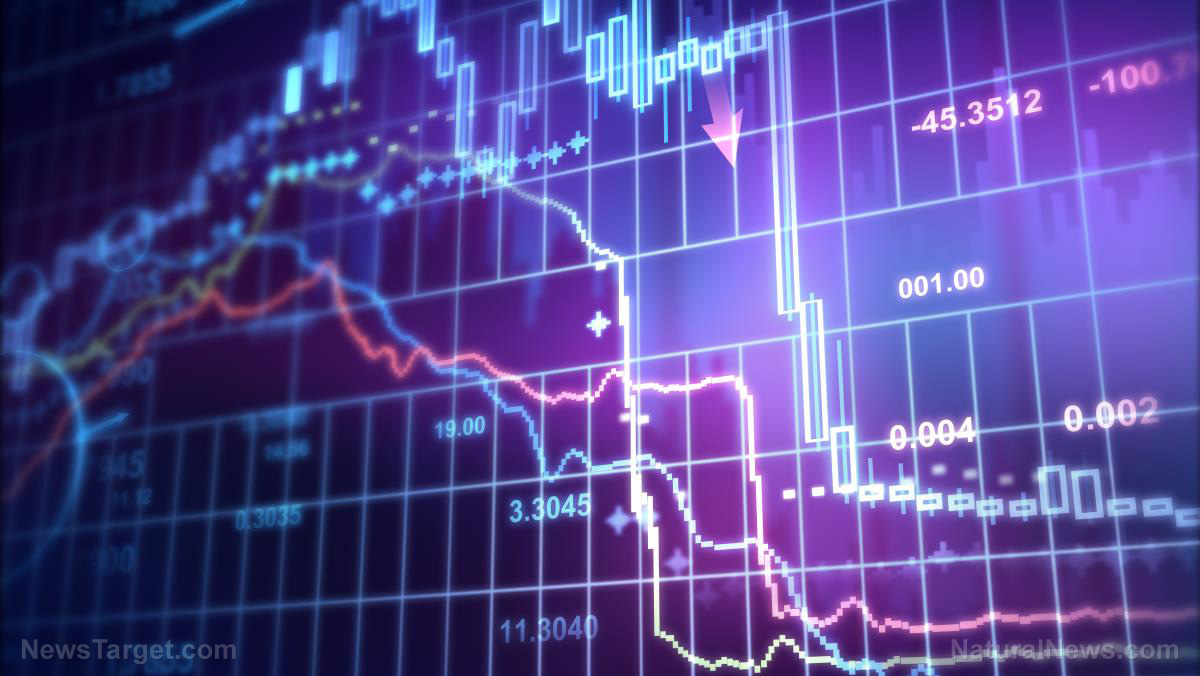One hurricane could spell disaster for gas and diesel prices in the US
06/08/2022 / By Mary Villareal
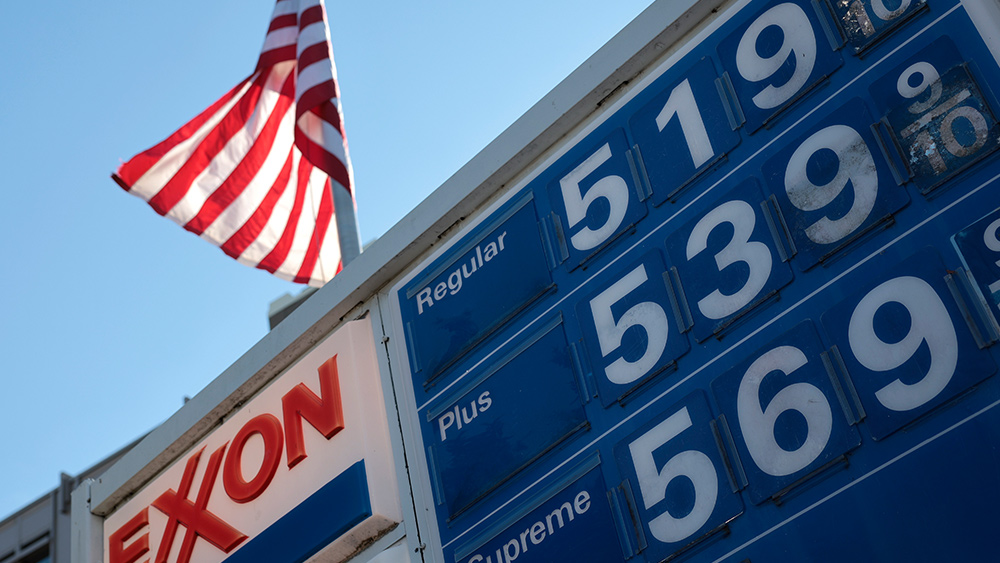
With the National Oceanic and Atmospheric Administration (NOAA) predicting an above-normal hurricane season, this is not looking good for crop production close to the Gulf Coast or for areas that are already short on diesel supplies.
More than 10 million people in southern Florida, Cuba and the Bahamas were put under a tropical storm warning for the weekend. If this storm will track farther west, this could be troublesome for diesel supply.
“We’re probably one Category 3 storm away [from a shortage], and that Category 3 storm would have to take aim for an area roughly from the Mississippi river to Houston. That’s the really sensitive area. Not only could it affect refining, but it could affect offshore oil production,” said Patrick De Haan, head of petroleum analysis firm GasBuddy.
Category 3 hurricanes bring cyclones with at least one-minute maximum sustained winds between 110 mph and 129 mph.
Diesel supplies are especially vulnerable due to very low inventory entering the summertime. Any type of impact on refining capacity is also going to increase the chance of shortage,” said Debnil Chowdhury, vice president and head of Americas Refining, S&P Global Commodity Insights.
The possibility of diesel shortages and the higher prices are largely due to a shortage of refining capacity and not a shortage of oil.
Oil companies follow the path of tropical weather events to act pre-emptively to protect their employees and facilities. This could include protecting refineries so they can weather a storm. For instance, they might reduce or halt production for safe operations.
Depending on local conditions, units can get taken down through a controlled shutdown. However, restarting refineries can be painstaking because of the chemical and thermal reactions involved in refining crude oil into fuel.
Gasoline and diesel prices also tend to spike after a hurricane because the emergency response from governments and service providers tend to increase demand for gasoline for vehicles and diesel for generators.
According to De Haan, the nation is now refining about a million barrels less per day compared to three years ago, which roughly translates to about five percent less oil. “Not only is oil a problem with the sanctions on Russia’s oil, but turning that oil into something like gasoline and diesel is also now a choke point,” he said. (Related: Gas prices hit new all-time high as Biden administration’s measures fail to make a difference.)
Shutdowns before and during pandemic make it more difficult to refine oil
Several hurdles are making it more difficult to refine oil. Chowdhury said refineries have about 1.2 million barrels a day of less capacity because of the shutdowns that occurred before the Wuhan coronavirus (COVID-19) pandemic.
During the pandemic, there had also been some convergence to biofuel facilities and a refinery that was hit by a hurricane and damaged to the point where it cannot be run anymore.
Another issue is that refineries that were hit by Hurricane Ida last fall never made it back up. The devastation that the hurricane caused was one of the reasons for the increase in diesel prices.
Chowdhury said gas price hikes actually started as early as October 2021, when natural gas prices in Europe started to rise. As the cost of natural gas increased, it became more important to Midwest farmers because the cost of producing diesel increased with it.
The Biden administration is also rumored to be tapping into diesel reserves to help ease supply concerns, but according to De Haan, this move will only have minimal impact. There is also the question of timing.
“It’s only a million barrels, so it’s not an infinite amount of supply. Now, we do have some tropical activity. So when do you use the inventories? Do you use them now because of high prices? Or do you wait for a bigger potential issue later this summer?” De Haan said. (Related: Emergency preparedness checklist for perfect storm Hurricane Sandy – Here’s what you need to get NOW.)
Meanwhile, Chowdhury said that the diesel prices are not expected to see a dramatic drop anytime soon, at least not in the levels at the beginning of 2021. With prices expected to climb higher, those who are looking for relief may not expect them this year.
De Haan said: “It could take a couple of years, and keep in mind, the longer we go down this road that demand eclipses supply, the more catching up we’re going to have to do.”
Follow FuelRationing.news for more news related to gas and diesel shortages and price hikes.
Watch the video below for more information about fuel and gas shortages.
This video is from the Son for the Republic channel on Brighteon.com.
More related stories:
JPMorgan CEO Jamie Dimon: Economic hurricane is coming.
American fuel prices about to breach $5 per gallon mark just as country enters summer travel season.
Sources include:
Submit a correction >>
Tagged Under:
chaos, Collapse, diesel, diesel prices, energy crisis, energy supply, environment, fuel prices, fuel supply, gas prices, gasoline, hurricane, inflation, natural disaster, oil refining, power, power grid, price increase, products, rationing, scarcity
This article may contain statements that reflect the opinion of the author
RECENT NEWS & ARTICLES
COPYRIGHT © 2017 DISASTER NEWS

